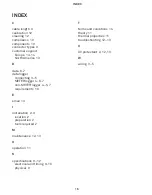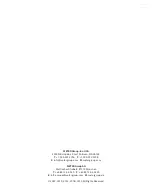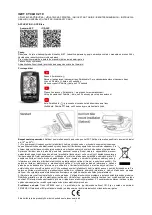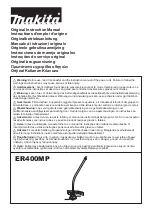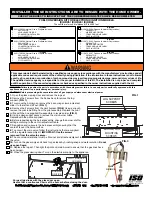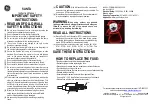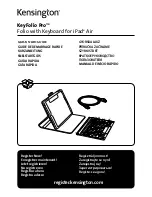
12
SERVICE
4. SERVICE
This section describes the calibration and maintenance of the PHYTOS 31. Troubleshooting
solutions and customer service information are also provided.
4.1 CALIBRATION
Painting and individual sensor calibration is not necessary with the PHYTOS 31.
4.2 CLEANING AND MAINTENANCE
Over time, the accumulation of dust and bird dropping can cause the dry output to rise. The
sensor should be cleaned periodically using a cloth moistened with only water. The sensor
should also be cleaned when elevated dry output is detected.
Adding UV protectant will extend the service life of the PHYTOS 31 and is highly
recommended. The PHYTOS 31 leaf wetness sensor is designed to withstand typical outdoor
radiation and precipitation loads for greater than 2 years. However, application of UV
protectant is strongly recommended and is essential if using the PHYTOS 31 in areas with
unusually high radiation loads. The PHYTOS 31 comes pretreated with UV protectant, but
METER recommends reapplying McNett UV Tech every 45 days. McNett is the only tested and
approved UV blocking system for the PHYTOS 31.
To apply McNett UV Tech:
1. Wipe sensor clean using water and a clean, soft cloth.
2. Spray soft cloth with UV Tech spray.
3. Rub both sides of the sensor surface with wet cloth to apply protectant.
Contact
for more information.
4.3 TROUBLESHOOTING
lists common problems and their solutions. If the problem is not listed or these
solutions do not solve the issue, contact Customer Support.
Table 2 Troubleshooting the pHYTOS 31
problem
possible Solutions
pHYTOS 31 not responding
Check power to the sensor.
Check sensor cable and stereo plug connector integrity.
Check data logger wiring to ensure brown is power supply, orange is
analog out, and bare is ground.
NOTE: Some LWS sensors may have the older Decagon wiring scheme where
the power supply is white, the analog out is red, and the bare wire is ground.


















